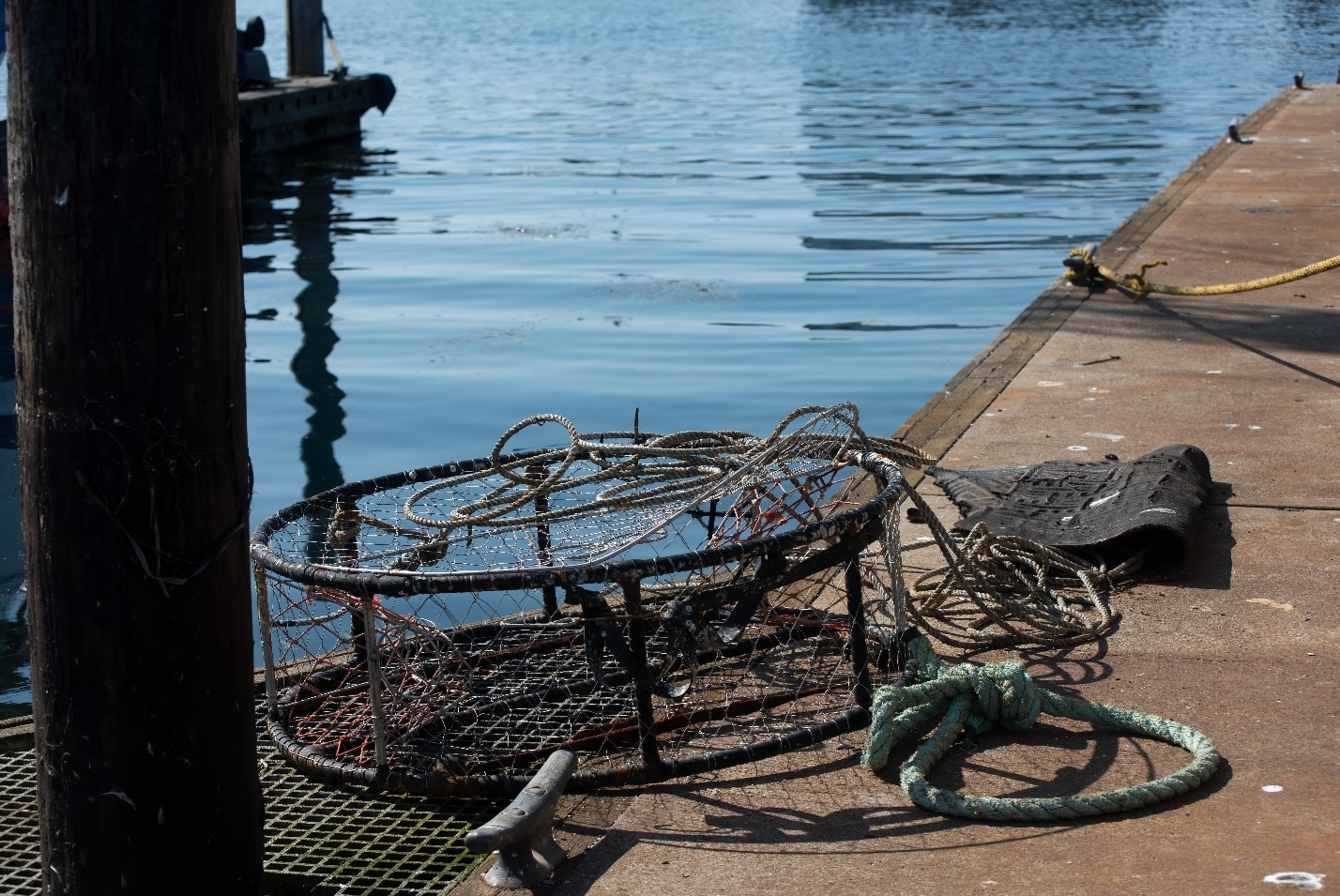Fishing and crabbing have long been cherished traditions for coastal communities and hobbyists worldwide. These activities not only provide a source of food and income but also foster connections with nature and maritime heritage. However, overfishing, habitat destruction and unsustainable practices have jeopardized marine ecosystems, endangering species and livelihoods dependent on healthy oceans. Adopting sustainable fishing and crabbing practices is critical to preserving aquatic biodiversity and ensuring these activities remain viable for future generations. Jennifer Yruegas explores sustainable approaches, providing actionable tips to help individuals and communities fish and crab responsibly.
Understanding Sustainability in Fishing and Crabbing
Sustainability means harvesting aquatic resources in a way that does not compromise the health and productivity of marine ecosystems. The primary goal is to maintain the balance between human needs and the natural regeneration of aquatic species. Unsustainable methods, such as overfishing and indiscriminate trapping, can disrupt ecosystems, deplete fish stocks, and harm non-target species.
Sustainable practices prioritize:
- Selective harvesting: Catching only target species and avoiding bycatch.
- Population monitoring: Ensuring the health and abundance of fish and crab populations.
- Habitat conservation: Protecting aquatic environments from damage caused by fishing gear or human interference.
Why Sustainable Practices Matter
The consequences of unsustainable fishing and crabbing include:
- Depleted fish stocks: Overfishing reduces species populations to unsustainable levels, threatening marine biodiversity.
- Habitat destruction: Traps, nets, and anchors can harm seafloors, coral reefs, and underwater vegetation.
- Bycatch mortality: Non-target species, including endangered marine life, often become unintended casualties.
- Economic impact: Declining fish stocks can devastate fishing industries and coastal economies.
By embracing sustainable practices, you contribute to the health of aquatic ecosystems while enjoying responsible recreation or business opportunities.
Sustainable Fishing Practices
- Know the Regulations
Familiarize yourself with local fishing laws, including seasonal closures, catch limits, and protected species. These rules are designed to prevent overharvesting and allow fish populations to replenish naturally. - Use Selective Gear
Opt for fishing gear that minimizes bycatch and environmental damage:- Circle hooks reduce injuries to fish and allow for easier catch-and-release.
- Barbless hooks are easier to remove and cause less harm.
- Non-toxic weights and lures prevent pollution from harmful materials like lead.
- Practice Catch and Release
When catching fish for sport or when undersized, handle them with care to increase their chances of survival.- Use wet hands or gloves to avoid damaging their protective slime.
- Release fish quickly and gently back into the water.
- Target Invasive Species
Invasive species often disrupt local ecosystems. Targeting these species for harvest helps protect native fish and aquatic habitats. - Support Sustainable Fisheries
When buying seafood, look for certifications like the Marine Stewardship Council (MSC) label or other recognized indicators of sustainability. This ensures that your purchase supports responsible fishing practices.
Sustainable Crabbing Practices
- Follow Legal Guidelines
Check local regulations for crab size limits, species restrictions, and daily catch limits. These rules help maintain healthy crab populations. - Use Responsible Traps
Choose traps designed to minimize harm and reduce bycatch:- Use escape rings to allow undersized crabs and non-target species to exit.
- Equip traps with rot cords that degrade over time, preventing ghost fishing if traps are lost.
- Practice Selective Harvesting
- Only keep male crabs and release females, especially those carrying eggs (often called “sponge crabs”).
- Avoid harvesting crabs that are too small or molting, as they contribute to future populations.
- Avoid Overharvesting
Take only what you need, leaving enough crabs to sustain their populations and ecosystems. - Prevent Habitat Damage
Place traps carefully to avoid sensitive underwater environments like seagrass beds and coral reefs.
Tips for Eco-Friendly Fishing and Crabbing
- Reduce Plastic Waste: Avoid using single-use plastics or leaving behind fishing lines, nets, or bait containers. Marine debris poses a significant threat to wildlife.
- Participate in Cleanups: Join or organize shoreline cleanups to remove litter and derelict fishing gear.
- Educate Others: Share sustainable practices with fellow anglers and crabbers to spread awareness.
- Monitor Your Impact: Keep a log of your catches and observations about the environment to track changes over time and adjust practices accordingly.
The Role of Technology and Innovation
Emerging technologies and innovations are making sustainable fishing and crabbing more accessible:
- GPS and sonar tools help locate fishing spots without damaging habitats.
- Eco-friendly materials in gear reduce environmental impact.
- Data-driven apps provide real-time information on fishing regulations and sustainable practices.
Sustainable fishing and crabbing are not only ethical choices but necessary steps to protect our oceans. By adopting responsible practices, respecting regulations, and educating others, we can enjoy these activities while ensuring the health of marine ecosystems. Whether you’re a recreational angler or a commercial fisher, your actions matter in preserving aquatic biodiversity for generations to come. So, the next time you head out to the water, remember: fishing and crabbing sustainably is about more than the catch—it’s about stewardship of the sea.
